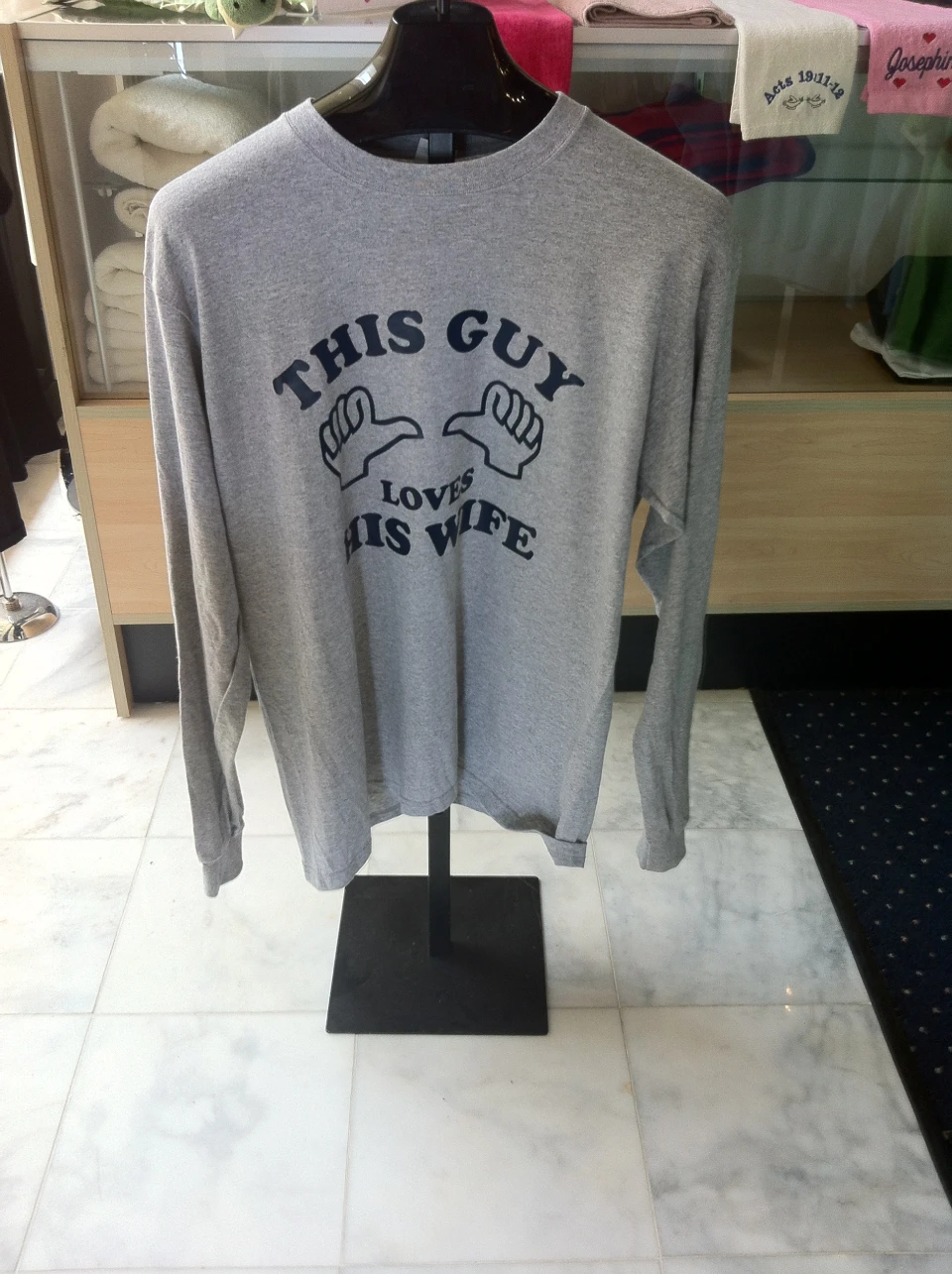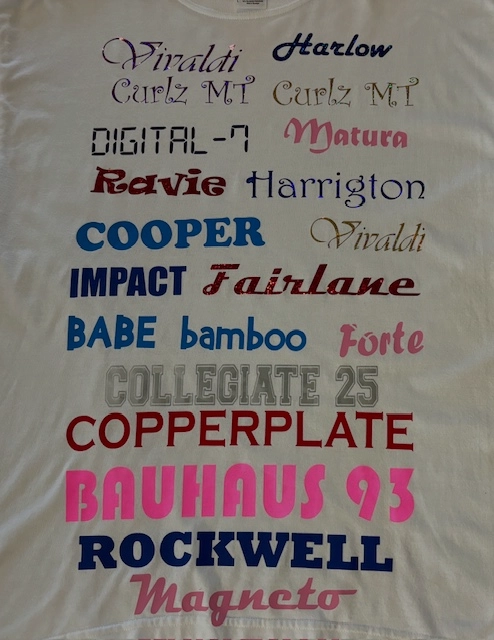The Art of Personalized Embroidery: Unlocking the Secrets to Creating Special and Memorable Styles
The secrets to developing personalized embroidery designs that captivate the eye and leave a long-term perception lie in a delicate balance of method, creativity, and focus to information. As we delve right into the world of personalized needlework, we uncover the nuanced interaction in between string selection, sew complexity, and layout customization that raises a simple garment to a work of art.
Selecting the Right Embroidery Threads
When picking embroidery strings, what vital variables should you take into consideration to ensure the most effective outcomes for your custom styles? The choice of embroidery string is crucial in identifying the last outcome of your stitched layout. One of the primary considerations is the product of the string. Different products such as cotton, polyester, rayon, and silk supply differing levels of shine, sturdiness, and appearance. It is important to choose a string material that enhances the textile you are stitching on and aligns with the desired look of the style.
Thicker strings can add dimension and texture to your layout, while finer strings are suitable for complex details and little text. In addition, thinking about the color fastness and washability of the string is crucial to make certain that your custom-made designs keep their high quality and vibrancy over time.
Exploring Different Stitch Strategies
To explore the world of 'Exploring Various Stitch Strategies', one need to understand the ins and outs and nuances that each sewing method brings to the art of needlework. Different stitch methods not just add aesthetic rate of interest yet additionally add to the overall structure and measurement of the design. One preferred stitch strategy is the satin stitch, which involves carefully jam-packed parallel stitches to create a smooth and glossy surface area, ideal for loading in forms and creating vibrant describes.
On the various other hand, the backstitch is a versatile method typically made use of for laying out and including great information. It involves sewing in reverse to create a solid line of needlework. Additionally, the French knot stitch adds a responsive element to styles, excellent for creating textured accents like flower facilities or attractive touches.
Discovering different stitch methods permits embroiderers to have fun with light, darkness, and deepness within their styles, elevating the visual charm and creative high quality of their needlework tasks. By grasping different stitching techniques, one can unlock limitless possibilities for developing one-of-a-kind and memorable customized embroidery pieces.
Incorporating Personalized Layout Aspects
Having discovered the details of various stitch methods such as the satin stitch, backstitch, and French knot, the focus currently moves towards including individualized design components in custom-made embroidery tasks. Customized design components play a vital role in making needlework jobs really unique and remarkable.
Another method to incorporate personalized design expensive tailored suits components is by including icons or motifs that hold unique definition to the recipient or mirror their rate of interests and personality. Including a favorite blossom, pet, or hobby-related symbol can make the needlework layout much more meaningful and individualized. Additionally, selecting shades that reverberate with the recipient or straighten with the desired theme can even more boost the personalization of the embroidery project.
Grasping the Art of Shade Coordination

One key aspect of shade sychronisation is recognizing shade theory. This includes understanding exactly how different colors interact with each other, the emotions they communicate, and how they can be incorporated to develop aesthetically enticing layouts. By using color theory principles, embroiderers can develop harmonious color schemes that boost the total look of the design.
Furthermore, taking notice of contrast is vital in color control. Making use of contrasting colors can assist specific components of the style pop, boost readability, and create see this page a visually dynamic needlework item. By understanding the art of shade coordination, embroiderers can elevate their styles and produce memorable items that reverberate with clients and audiences alike.
Enhancing Structure With Advanced Needlework Stitches

French knots, for instance, are perfect for adding small, raised dots to your style, read simulating the appearance of grains or developing a distinctive surface. Bullion knots, on the other hand, can be utilized to develop twisted, ropelike components that include an extravagant feel to the embroidery. Seed stitching involves small, scattered stitches that can fill up in locations with a multicolor appearance, while turkey job develops cosy, dimensional accents evocative pet hair or vegetation. Try out these advanced embroidery stitches allows you to push the limits of conventional embroidery and produce absolutely one-of-a-kind and aesthetically enticing appearances in your styles.
Final Thought
In final thought, the art of customized embroidery entails a combination of choosing the appropriate threads, discovering different stitch methods, incorporating tailored style elements, understanding shade control, and improving texture with innovative stitches. By comprehending and executing these key aspects, embroiderers can create distinct and memorable layouts that showcase their creative thinking and ability. Embroidery enthusiasts can open the secrets to developing lovely and custom pieces that attract attention and leave a long-term perception.